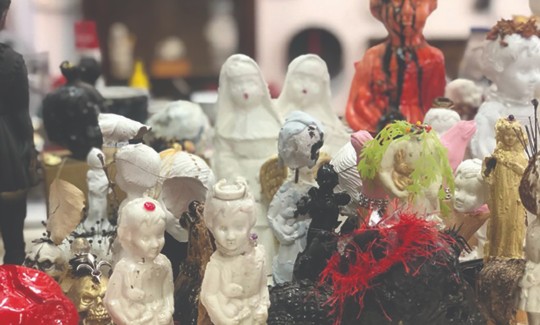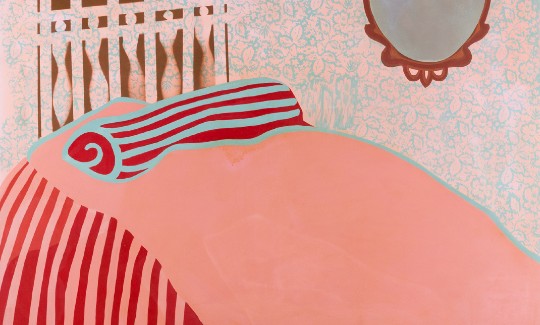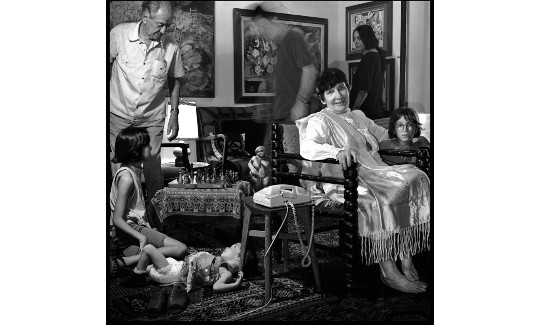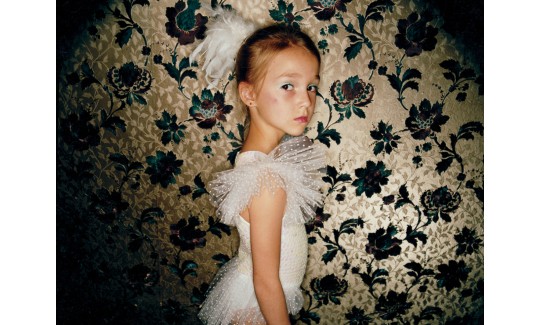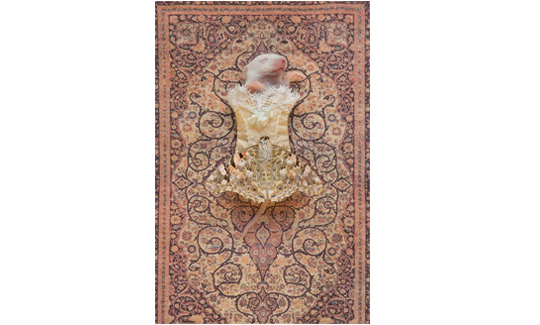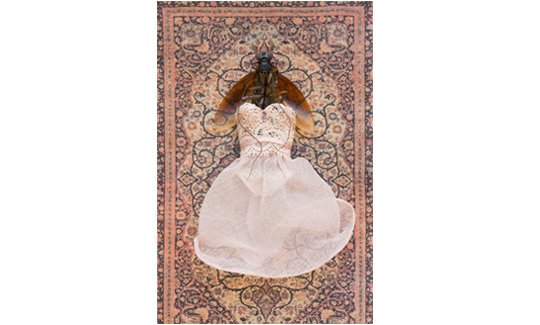"No Windows"
Saturday, 05.09.20, 10:00
Monday, 17.05.21
Curator:
Svetlana Reingold
More info:
046030800The present period, when many of us are alone and confined to one room, is perhaps a time to contemplate depictions of "horror rooms" familiar from art history. Throughout this history we encounter images of empty, cold rooms conveying a sense of loneliness, insecurity, and fear. A special historical place is reserved for depictions of sealed rooms, lacking windows or doors, such as prison cells, graves, churches, theaters, reading rooms, or collection chambers. These spaces do not allow the occupant to gaze outside, illuminating only that which lies within.
With this tradition in mind, the exhibition presents contemporary works exploring the horror that can suddenly arise in a familiar, safe room – the subject of Sigmund Freud's famous essay "The Uncanny." Contemporary Israeli artists participating in this exhibition address the ways in which feelings of unease, anxiety, and horror penetrate our daily environment.
In her photographs, Pesi Girsch plays recreationally with horror and is amused by it. Events that are difficult to comprehend – the Holocaust, death, the anomaly, the "animal," the clone – are enacted on stage-like constructions designed by the artist. In Girsh's rooms, the chaos that follows death is organized into an aesthetic whole comprising precise gestures that lend meaning to the experience of terror.
Boaz Tal's photograph depicts a dense home space that represents the tensions and traumas in the life of the contemporary bourgeois Israeli family. The private space is pictured in his works as no less threatening than the public one. He shows how the family landscape creates a kind of "minefield" which has always been emotionally volatile. The depicted house reveals the collapse of boundaries between male and female, child and adult, Jew and Christian, domination and surrender, joy and suffering. The body has a central role as the site of pleasure and pain, of freedom and fear.
Itay Zalait, in his installation Furrow Industry (2015), presents objects that he endows with new meaning. In a sense, these are hybrids, based mostly on toys found in the street, which are transformed into large-sized monochromatic constructions. According to Zalait, we are trapped in two circles: the social circle of consumerism that is never satisfied in its attempts to fulfill emotional needs, and the private, supposedly personal circle, which is closely related to the first. Zalait poses existential questions: how much freedom of choice do we have in our lives? To what degree are we fully present in our decisions?
Ziva Ron, in her painting An Invitation to a Pink Bed (1970), explores the domestic environment as a central element in the construction of gender oppression and the concept of "home" as a space trapping the woman. Ron depicts a pink, suffocating domesticity and emphasizes the passion and fear, the nourishment and fetishism, which reside in the bedroom. Anna Yam, in her work Untitled (2005), combines the intimate with the distant and detached, as well as two geographical-biographical settings, oscillating between the familiar and the familiar – between home (Israel) and home (Russia).
In a recent article Gideon Ofrat asks: "Do you remember the 'escape rooms' from the time preceding the coronavirus pandemic? Do you remember how we willingly locked ourselves in rooms, only to feel panic and make a terrible effort to escape? As if the 'bad rooms' of 'the uncanny' were not enough. Suddenly, here and now, we are, alas, locked in closed rooms against our will. Those among us who are old and lonely, trapped between four walls, do all they can to banish the evil spirits, in a desperate attempt to turn the 'bad room' into a 'good room.' Modern art does not leave them much hope."
Participating artists: Michal Chelbin, Bracha Bien-Venida Guy, Pesi Girsch, Shira Glazerman, Boaz Tal, Itay Zalait, Gad Zehavi

